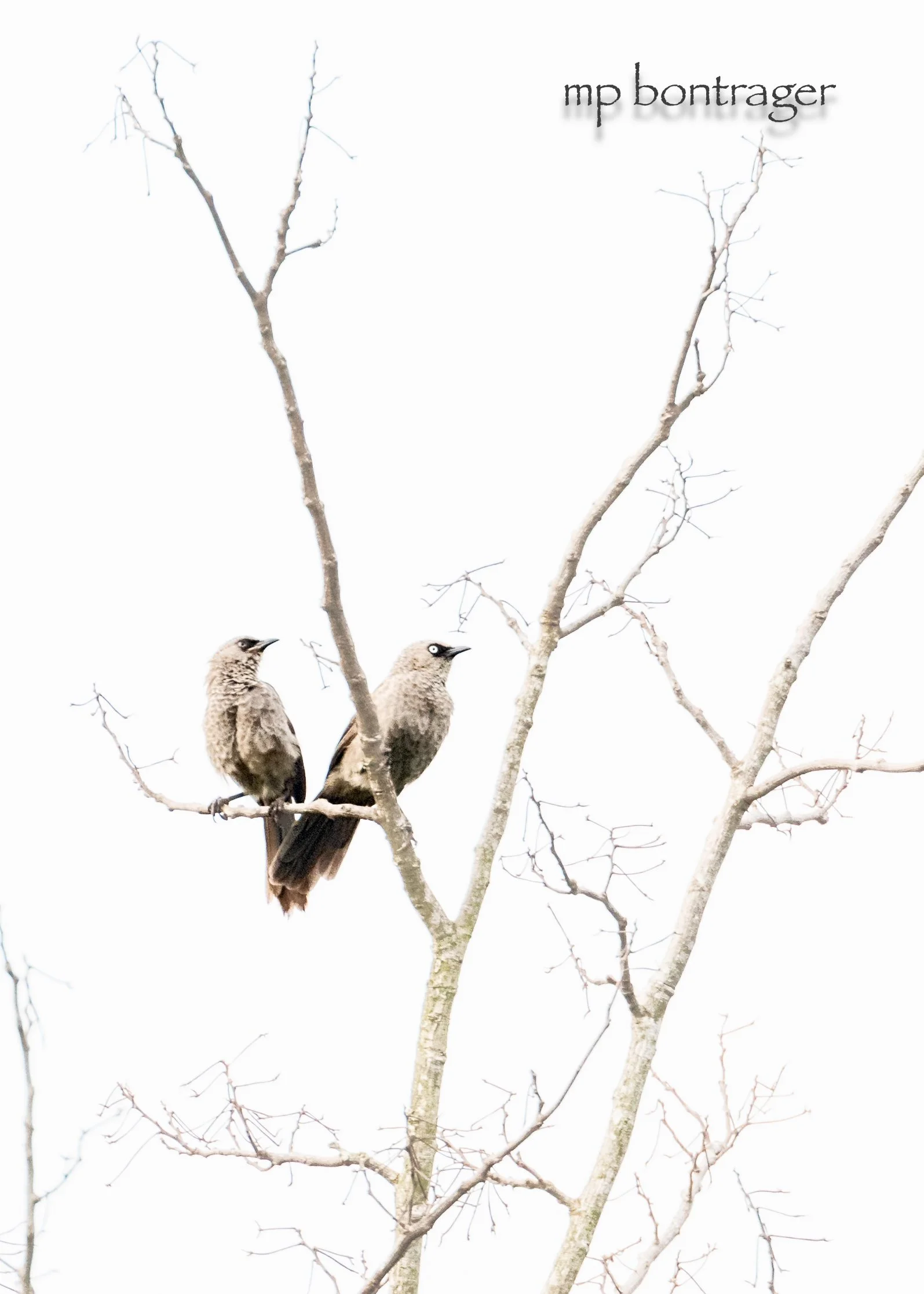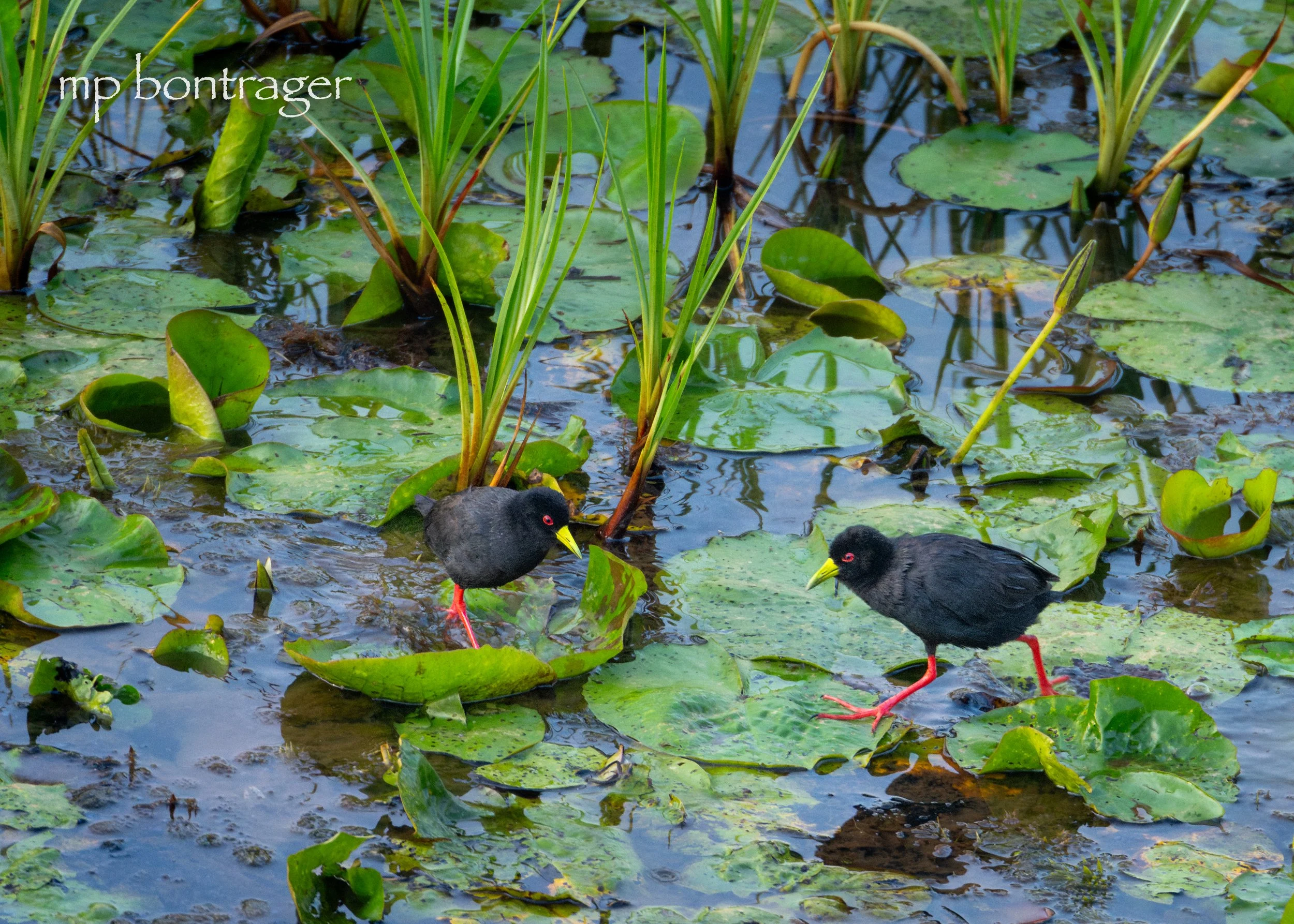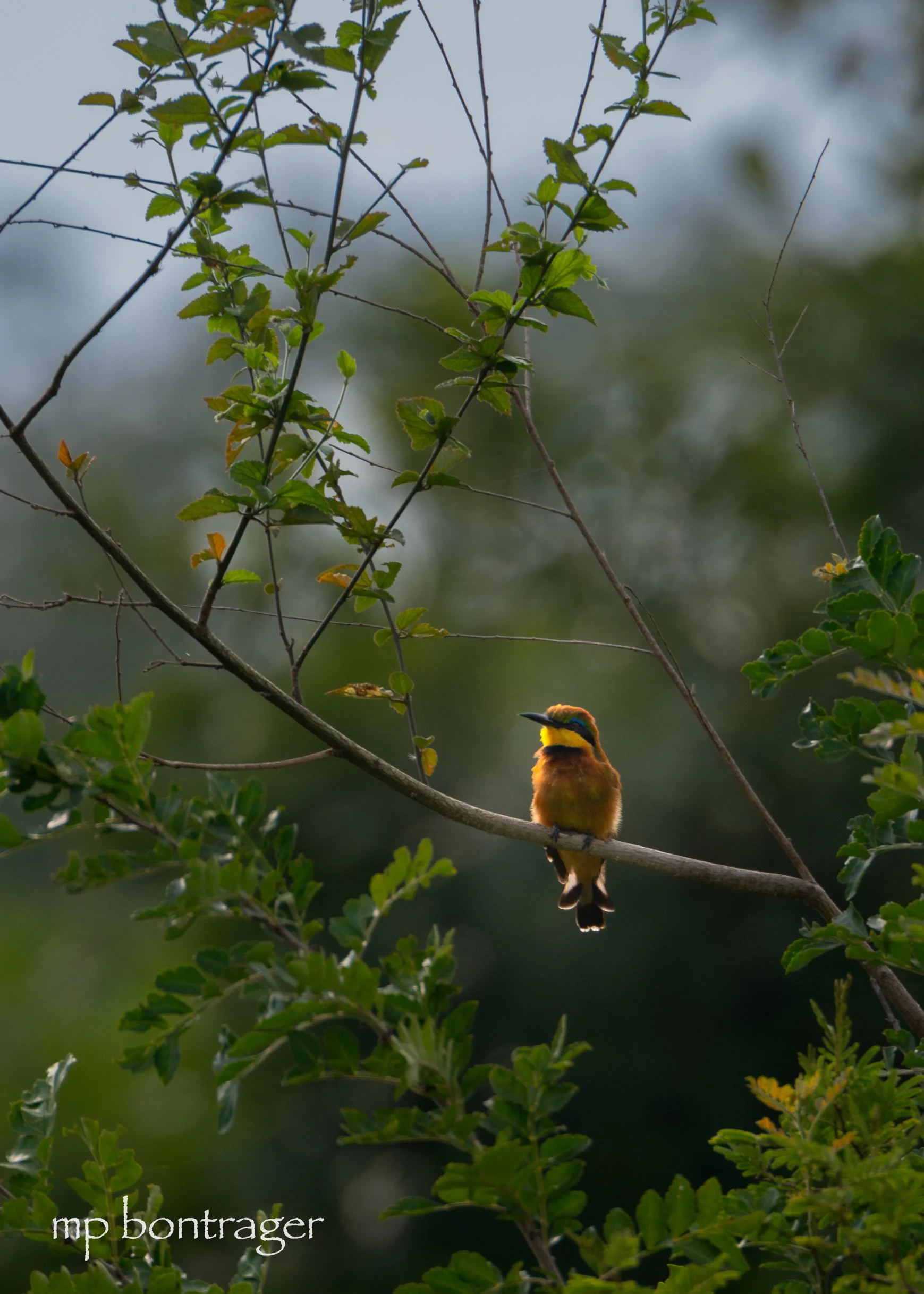Other than Epupa Falls, located on the Northern border of Namibia, Ethan didn’t express much opinion of what he wanted to see. I decided to cover a lot of the country. We were undaunted by the distances being from the American Southwest the three of us are accustomed to long road trips.
Camping out in Namibia was an absolute blast. All of the campsites had flushing toilets, showers, drinkable tap water, and a braai area in which to cook. The Etosha NP campgrounds were the most trodden, much like the big campgrounds in Yellowstone USA, but the Namibian camp sites were exceptionally clean. We chose to camp at Etosha 2 nights and stay at a lodge 2 nights, our only lodge accommodation for the entire trip. The lodge options in Namibia cover a wide spectrum of experiences but we kept to the theme of a camping trip instead.
There was one day that I misnavigated our route. That was the day we punctured 2 tires and the campground was below our now elevated standard. But my travel companions were good sports, all of our other experiences made up for the one dud of a day. Seriously a not-so-perfect day in Namibia is a day offering a bit of adventure from home.
I feel confident that we will all return to Africa again. Next time I will be careful not to arrive with expectations but to just be ready to learn and perhaps strive to be more thoughtful. There is something to be said for the unknown to keep life interesting. When I have the opportunity to travel abroad I look forward to being outside of my comfort zone, which this trip did achieve. My lust for travel was re-ignited in Namibia, I don’t think I will wait 3 years for my next 2-week vacation.
Lodging and Campsites
Omatozu Lodge
Halali Camp, Eastern Etosha
Dolomite Camp, Western Etosha
Epupa Falls Camp
Hoada Campsite
Hauchabfontein Camping in Naukluft Mt.








































































During my brief visit I was moved by the beauty of Andasibe, the variety of wildlife and unusual botanicals was astounding.